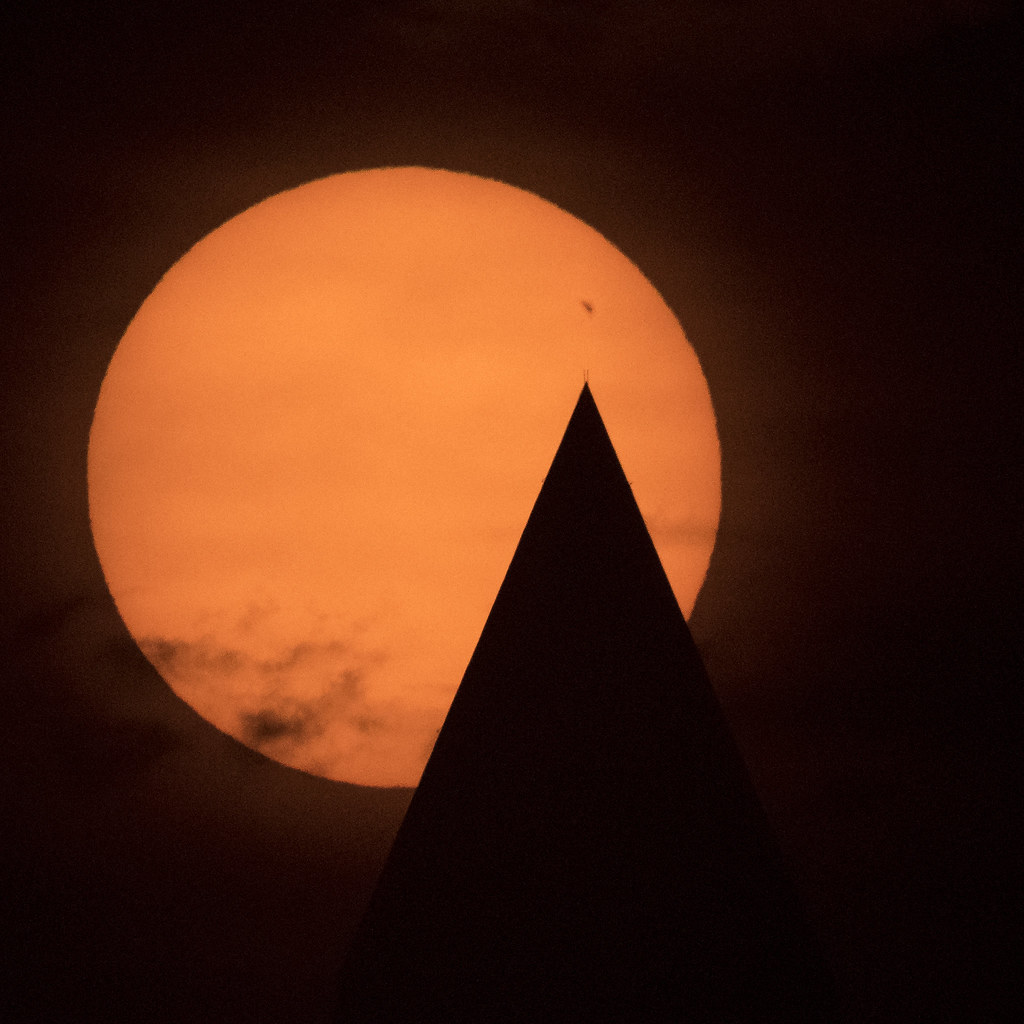On Monday, April 8th, the sun will be putting on a show and we want to make sure you have all of the info you need to safely view, photograph and experience the event. A total solar eclipse occurs when the Moon passes between the Earth and the Sun blocking out the face of the Sun and across North America, many people are making plans to witness this rare event. If you’re planning to join the crowds to see it with your own eyes, make sure you’ve got your eclipse viewing checklist in order. From finding the perfect location to bringing along the appropriate gear to capture the moment, we want to help point you in the right direction.
Scout your location
The solar eclipse will be viewable in totality over a 110-mile-wide path which extends across parts of Mexico, the U.S and Canada. That means Flickr members all across North America will have a chance to venture toward the path of totality for a full view of the eclipse. If you’re considering a visit somewhere along that path, make sure to visit NASA’s interactive eclipse map first. If you reside outside of the path of totality, you can follow along with NASA online or enjoy a partial eclipse from your own backyard, with safety glasses of course!
Here are some tips for photographing a solar eclipse
Safety first!
You’ll need a special solar filter to protect your camera if you plan on photographing the eclipse as well as a pair of eclipse glasses for your eyes. NASA warns against using eclipse glasses directly with your camera as it is not enough protection when parts of the sun are still in view. It’s best practice to have protective gear for your eyes and for your camera, but make sure you do your due diligence to avoid purchasing safety glasses that have not been certified by a valid third party. While there are a lot of offerings available online, NASA suggests purchasing your protective gear directly from these approved sources. For more details on viewing a solar eclipse safely, make sure to check out NASA’s eclipse safety page.
Keep an eye out for local organizations that may be giving away free eclipse glasses. Thanks to the Solar Eclipse Activities for Libraries (SEAL) program, thousands of participating libraries will have a supply of free safety glasses to give the public. So make sure to check in with your local library to see if they are offering free eclipse safety gear or hosting any eclipse events near you.
Manual mode is your friend!
As for photographing the eclipse, automatic focus is not recommended for capturing the event so make sure to set your focus to manual for this one. According to the American Astronomical Society, “Set the ISO to 100 or 200, set the aperture to f/8, attach your solar filter to the lens, shoot a range of different short exposures of the Sun (likely in the range of 1/500 to 1/4000 second, and see which image turns out best.” For a detailed walkthrough of more suggested settings make sure to visit the official AAS site.
Look up AND around
If you’ve enjoyed a scroll through NASA’s Flickr site, then you’ll have come across many photos taken by NASA photographer Bill Ingalls. He reminds eclipse photographers to not miss out on photographing the human experience during the eclipse. Capturing the emotion and reaction to this impressive event is just as important as photographing the eclipse itself.
Share your photos!
Sharing your photos on Flickr is a great way to connect with others who enjoyed this special event with you. It also provides a way to extend your experience to other Flickr members who didn’t have the full view of the eclipse, so share those photos! We’re asking everyone to add the tag #TotalEclipse2024 to your eclipse photos. We’ll be working with NASA to curate a gallery of some of our favorite photos from the big day so if you’d like a chance for your photos to be featured, make sure to use the #TotalEclipse2024 tag. If you need a quick refresher on tagging photos, check out this blog post.
Another total eclipse will not happen again over the contiguous U.S until August of 2044 so if you are located in North America there’s no better time like the present to witness this amazing site. For more solar eclipse information, make sure to check out NASA’s official 2024 eclipse site. And, if you want to learn more about the unique research opportunities eclipses provide scientists, see what some of NASA’s scientists will be paying extra attention to on April 8th by visiting their eclipse research page.
In the meantime, we recently highlighted several astrophotography Flickr groups on Flickr. If you want to chat with other Flickr members who have been taking photos of celestial events for years, read the blog post and give some of those groups a join. We can’t wait to see your photos from the big day and to hear your stories. Make sure to use the #TotalEclipse2024 tag and be safe out there. Happy viewing!
Not a Flickr member yet? Sign up today to join our community of photographers and find your inspiration.





